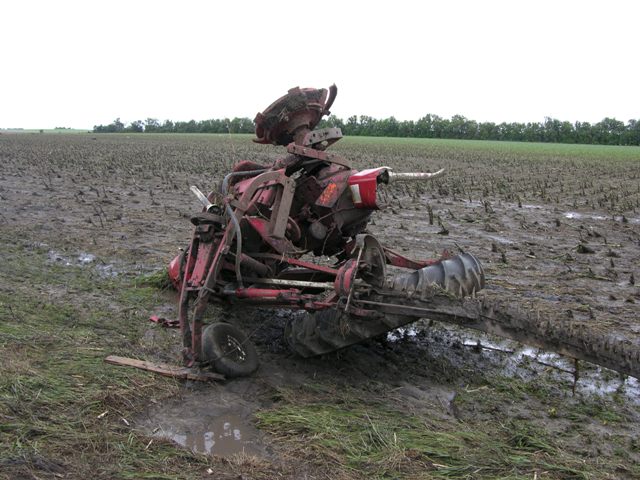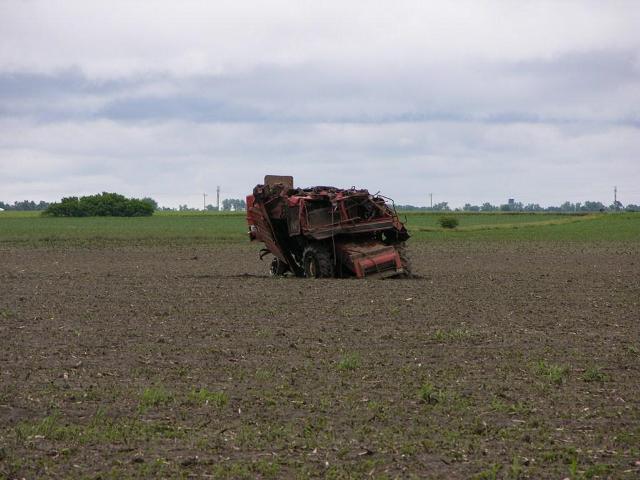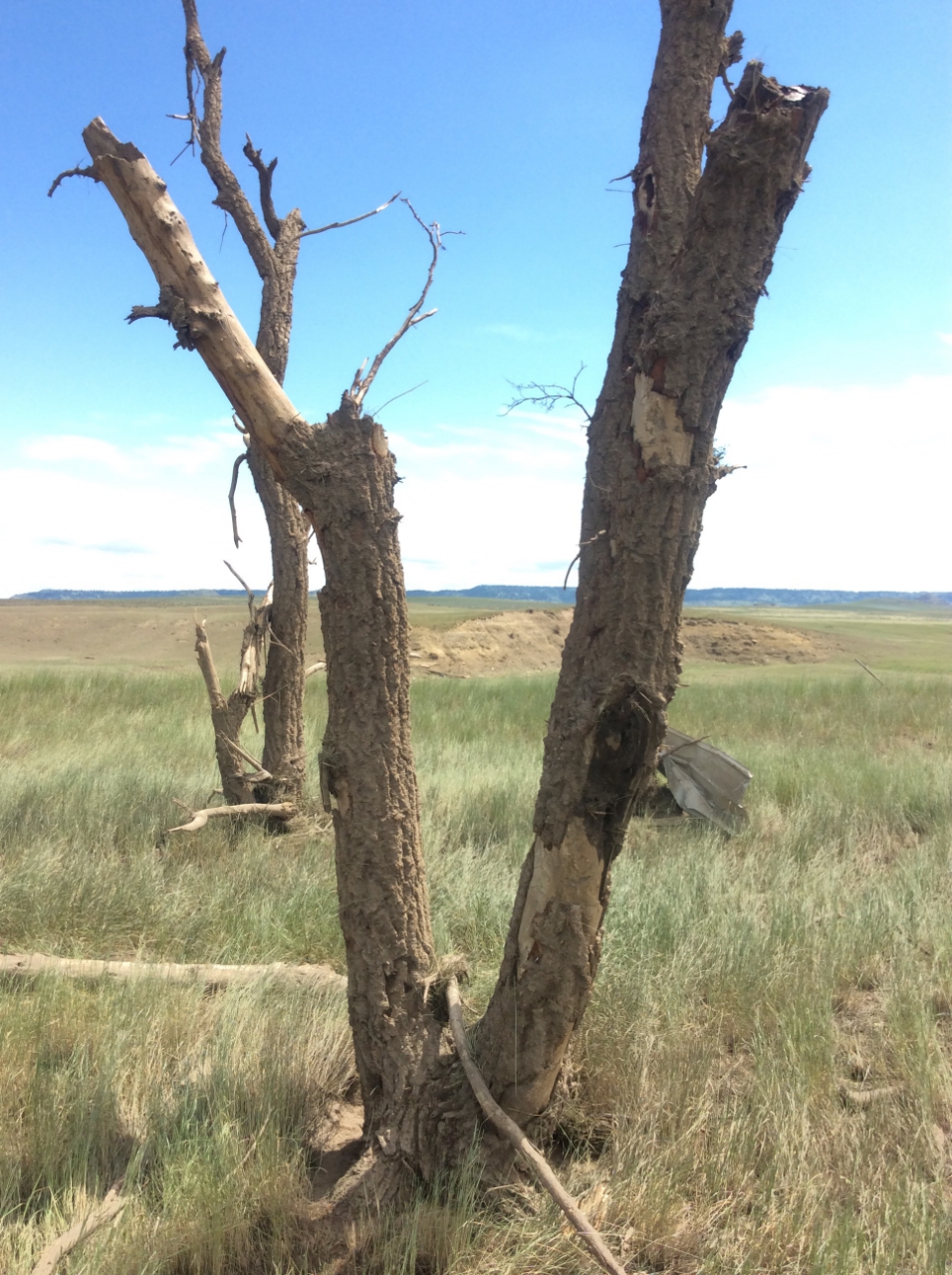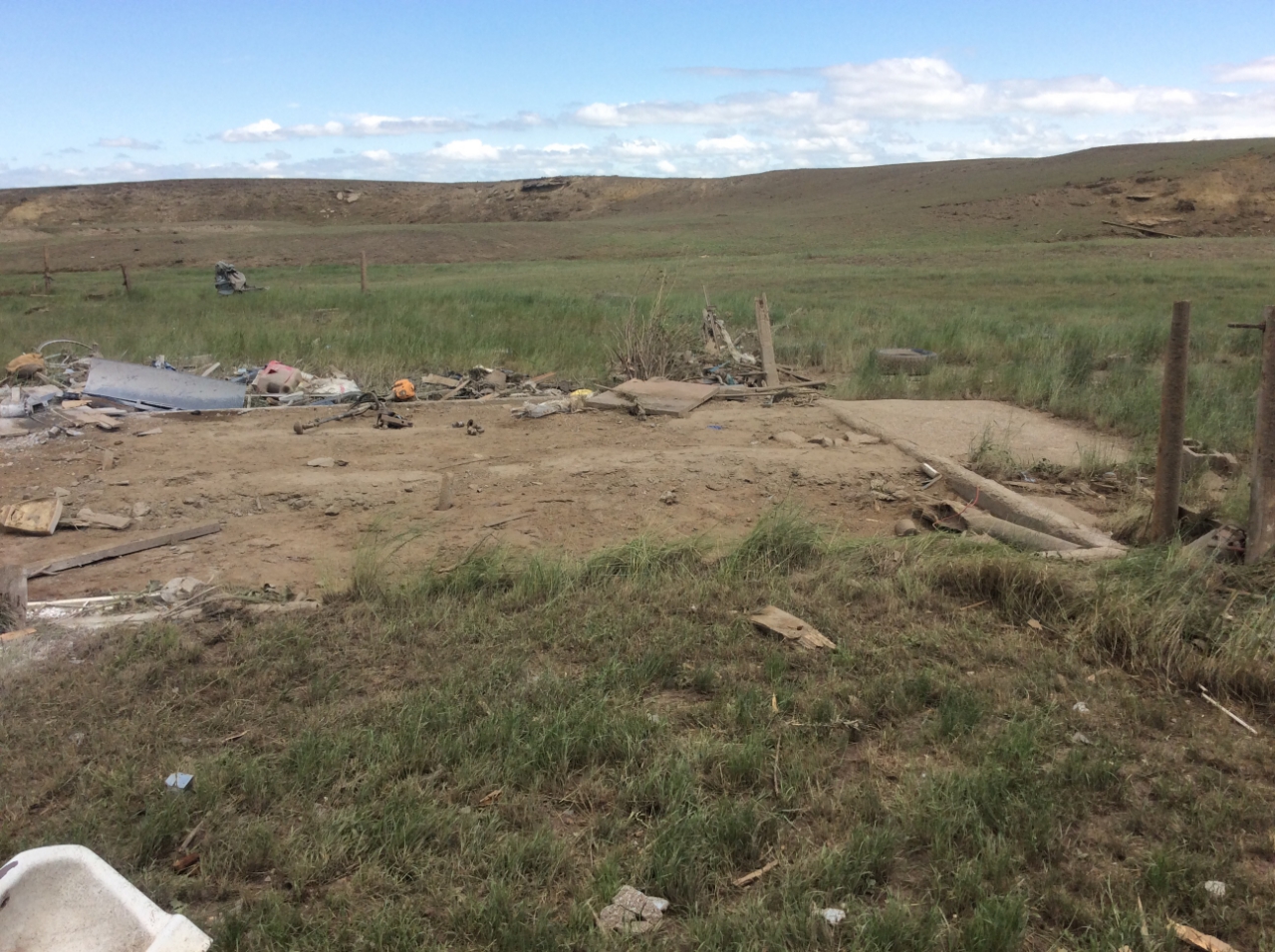I’m just not really comfortable with EF5 without it genuinely meeting the “slab swept clean” description, or alternatively, something remarkable like slab buckling/dislodgement as seen at the restaurant in Mount Hope, AL back in 2011.I would agree with this, but Poole said it himself and that most people, (I can only assume he’s talking about other surveyors) that the damage was representative of an EF5.
Sure the slab wasn’t swept clean, but many conventional DIs were rated EF5 without a clean slab.
It was an absolutely splendid survey, but the main point is that if an EF5 DI is present, then the tornado should be rated as such, plain and simple.
The EF scale is a damage scale, it has nothing to do with “confidence” in whether other buildings nearby should warrant the rating.
Generally, non-clean slabs with EF5 ratings occur as a result of debris from neighboring structures being taken into account. This was the case at a few of the EF5 homes in Moore 2013.














